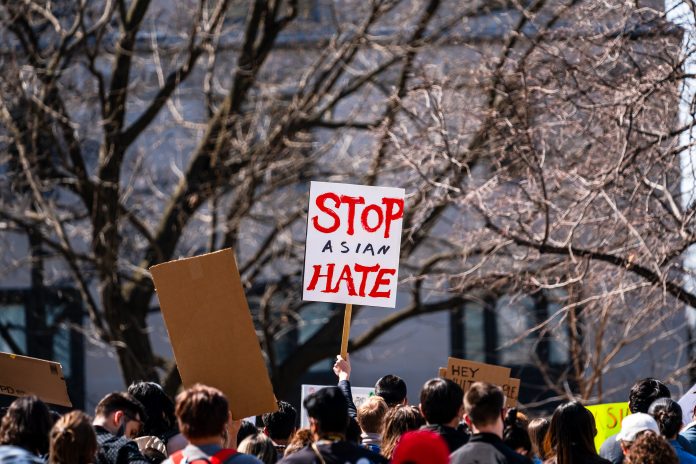When it comes to talking about anti-Asian racism and recent violence with pupils, teachers may feel unsure of how to start – here, University of Kansas researchers explain how popular culture can help
The recent shootings in Atlanta and Cherokee County took eight lives, six of them Asian. As loved ones mourned and attempted to process the act of violence, discussions begun to spring up from Asian-American communities across the US.
Hate crimes against individuals perceived to be Chinese increased notably since the beginning of the COVID pandemic. When former President Trump described the outbreak as a “China Virus” on 16 March, 2020, he directed the anger and fear of a population at one group – Asian-Americans.
“I think now, more than ever, it’s important for us educators to teach our students how to contest prejudice and discrimination against certain racial groups,” said Hyesun Cho, associate professor of curriculum and teaching in KU’s School of Education & Human Sciences.
The COVID-19 pandemic is not the first time that anti-Asian racism has risen during a health crisis.
When bubonic plague hit San Francisco in 1900, public health officials quarantined Chinese residents in Chinatown. Later, the SARS outbreak of the early 2000s led to East Asians experiencing global stigmatisation.
So how can teachers discuss race and gender in classrooms?
Where do they begin when it comes to educating? Researchers at The University of Kansas believe that popular culture is the answer. In their study, they worked with students in South Korea on critical race theory and used popular films as a discussion starter.
“Teachers often are hesitant to discuss race and gender in the classroom because they are understandably concerned about sounding too political,” said study co-author Peter Johnson, doctoral candidate in curriculum and teaching.
“I think that is one roadblock that we need to address, and this approach can help do that.”
The experiment in a South Korean classroom
Associate professor Hyesun Cho has been working with students since 2015 to understand how gender and race discussions can happen in K-12 classrooms. They found that students, unprompted, would use popular culture like Black Panther and Dr Strange to evidence their thoughts on race.
For instance, some groups discussed how the Marvel film Black Panther was empowering in portraying African characters, while the 2016 film Doctor Strange was negative in portraying an Asian character using a white actor.
These films were highly popular in student discussions of anti-Asian racism and Black empowerment, with several groups bringing up Black Panther and Dr Strange.
The researchers found that popular culture gave them a “safe, comfortable way to discuss difficult topics” that didn’t need to draw on their own, potentially emotional, experiences.
Bringing up discussions that are critical about racism and misogyny can therefore work where students feel comfortable enough to speak their minds, by using the proxy of a film or book that is well-known.
‘This is a new imperative for survival’, says researcher
Cho further explained: “Do not underestimate our students’ intelligence and higher thinking skills. That’s the argument we’re making here, even if they are working in a second or third language.
“If the teacher gets to know students and their interests and creates a safe space for them to express their thoughts about social issues, this approach can work in other teaching contexts.”
“This is a new imperative for survival in the current, racially contested world. Especially given the anti-Asian-American violence we have seen in the US, it is everyone’s responsibility to address it. Students want to be heard, and this study shows it’s not an impossible task to discuss these social issues and can be done in a way that uses content relevant and readily accessible to students throughout K-12 education.”











